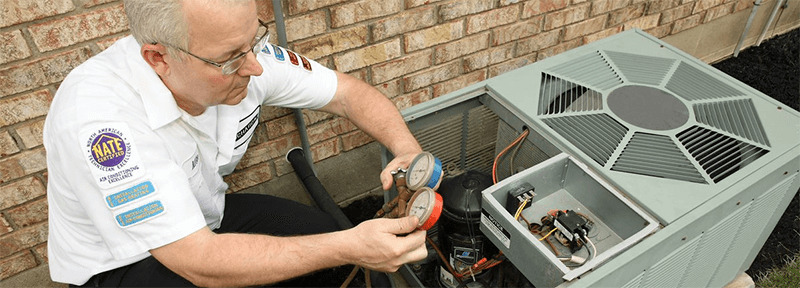
Chiller efficiencies for air and water cooled chillers will be significantly increased in 2015. An addendum to ANSI/ASHRAE/IES Standard 90.1-2010, Energy Standard for Buildings Except Low-Rise Residential Buildings, continues the energy efficiency improvements that were implemented in 2010. The efficiency requirements increase overall annual energy savings by 8.3 percent compared to 2010.
The 2015 chiller standard addresses both full-load and part-load efficiencies:
- Air-cooled chillers must be 26 percent more efficient than the current ASHRAE 90.1 standard
- Water-cooled chillers must be three to five percent more efficient at full-load and 16-19 percent more efficient at part-load
According to the Department of Energy, chillers consume more than 50 percent of electrical energy during seasonal periods of building use. More than 120,000 chillers in the U.S. are expending more than 30 percent in additional energy through operational inefficiencies.
The two most common energy efficiency ratings given to chillers are full load kW/ton, and Integrated Part Load Value (IPLV). This is also measured in kW/ton. IPLV weights the chiller efficiency at four different loads and condenser water temperatures to attempt to better approximate actual usage over a typical year. Full load is only given a one percent weighting; 75 percent load is given a 42 percent weighting; 50 percent load, a 45 percent weighting; and 25 percent load a 12 percent weighting.
HVACR compressor manufacturers strive to deliver high levels of efficiency, comfort and reliability in a market that also demands affordability and compliance with environmental laws. Today, a robust combination of regulatory requirements and customer preferences is driving manufacturers to achieve unprecedented levels of compressor efficiency without sacrificing reliability and comfort.
Compressor suppliers have responded to this demand by providing innovative products that can help chiller manufacturers improve system efficiency through variable capacity technologies or operating point optimization. Modulation makes it possible to tailor compressor performance to changes in ambient conditions improving comfort and part-load efficiency. Optimizing compressors for the unique operating conditions of chillers drives significant improvements in both full-load and part-load efficiency.
Chiller manufacturers are working now on redesigns to boost full-load and part-load energy efficiency of water and air cooled chillers. Several industry experts have noted that we are reaching maximum technological limits at a component level and that in the future the industry will have to look at the full HVAC system for further improvements. AHRI has formed a new working group to address systems approaches for efficiency improvements and will work closely with Standard 90.1.
More information on how to reduce chiller operating costs can be found at www.ncdenr.com


